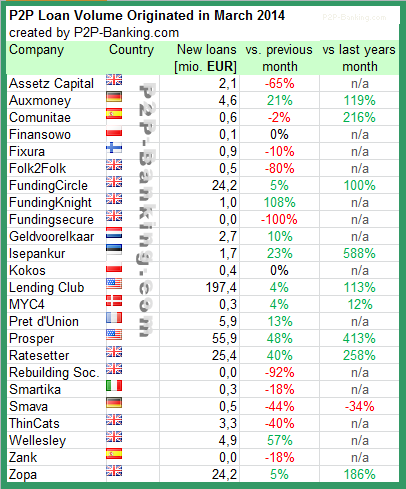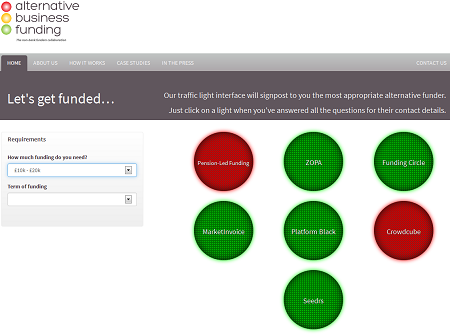This is part I of a guest post by British investor ‘Pete’.
Perhaps an introduction is the best way of starting this blog post since it should explain my reasons and approach to Peer to Peer (P2P) and Peer to Business (P2B) lending.
I am a UK based independent professional engineer. An engineer in my discipline requires a love of detail, data and spreadsheets and being independent it is required that I run my own company so I understand basic accounting and number/data manipulation.
So why do I invest in P2P and P2B? In the past I have had Pension funds raided, Investment funds loosing capital due to stock market losses and fees, a mortgage endowment policy returning 1.9% over 25 years when a simple cash investment returned +9%, shares devalued by the UK government who then bought them out at the devalued rate … a long list of ‘professionally’ managed schemes that lost my money. With P2P and P2B I am in control, I either sink or swim based on my decisions.
I started lending at the start of 2012 with Zopa and to a lesser degree with Ratesetter but not before I had read as much as I could find regarding P2P and the various business models. Using on-line resources research into Company and Directors ‘histories’ followed, a process I continue to use before I start investing with a new platform. Risk and Taxation were the next topics I looked into.
Whilst projected default rates were available on Zopa I took a pessimistic view and anticipated a higher rate of loss when I put together my first spreadsheet to log my transactions and real rate of return (I mainly use Excel with the XIRR function). My aim with Zopa was to diversify as quickly as possible so I quickly put together a large number of small loans whilst ensuring that I didn’t have ‘dead money’ waiting to be lent out. This strategy worked and my losses have so far turned out to be below the Zopa projected level. In recent years Zopa have changed the way monies are lent out and introduced a provision fund to cover bad debts (Ratesetter have always had a fund) and at the same time investors rates dropped (Zopa dictated the rate at which money was lent) so I decided with regret that Zopa was no longer for me and started to withdraw monies as they became available, a process that will continue for some years since I am still happy with the return from my remaining loans.
In the meantime my Ratesetter account quietly built up (the power of compounding interest) and I had started investing in Funding Circle (Sept 2012). I quickly found out that due diligence was required when investing in listed loans (I do not like automatic bidders, I will always manually invest/re-invest) and whilst time consuming it gives some reassurance that you are not investing blind. Whilst the returns I received (and still receive) from Funding Circle are above those I receive from Zopa and Ratesetter I have found the time taken checking companies can be disproportionate to the return if small loans are made. In spite of due diligence the defaults in my experience are higher and coupled with the current UK taxation system for individuals, defaults can hit your rate of return in a disproportionate way.*
It is for these reasons that I have in the last year started withdrawing cash from Funding Circle in the same manner I am taking with Zopa. In the meantime my Ratesetter account continued to build. Continue reading




